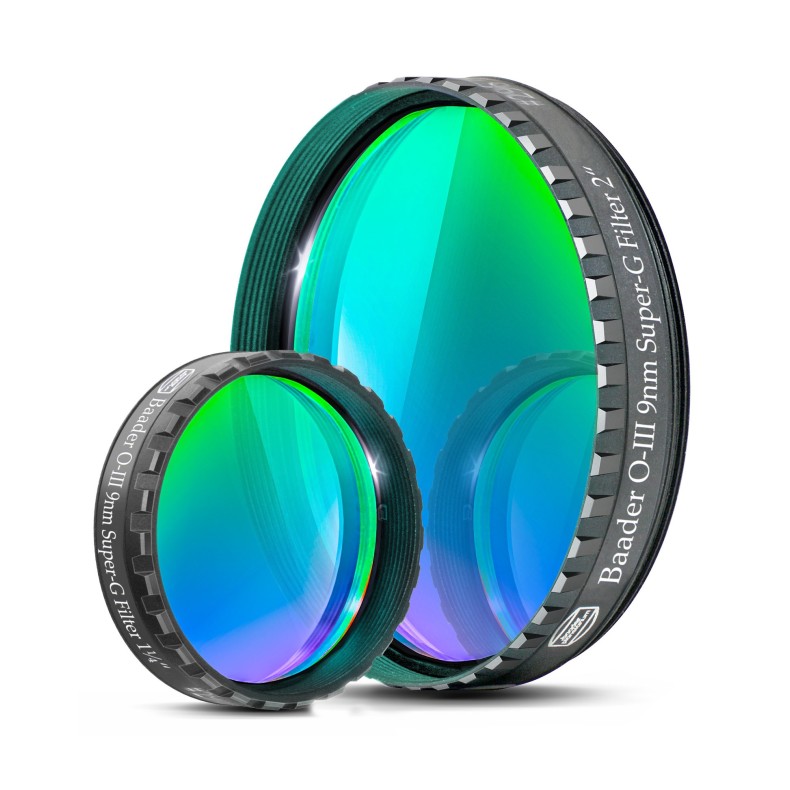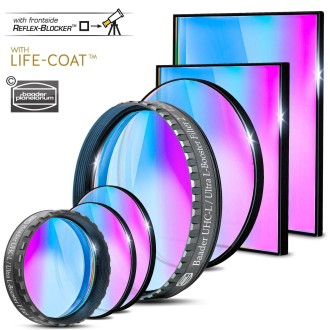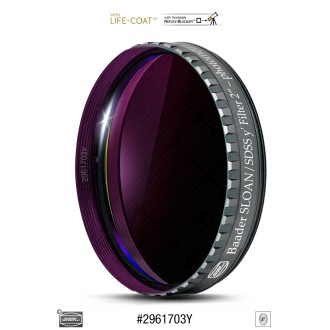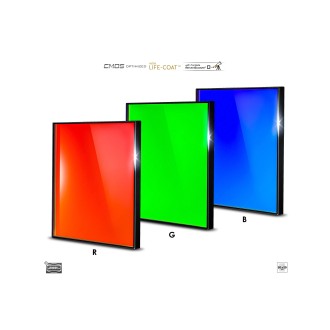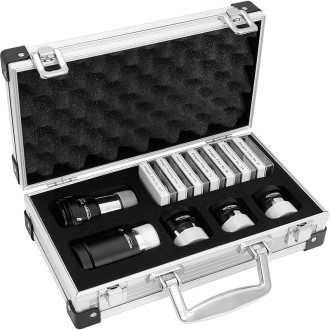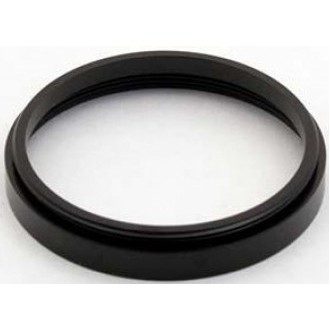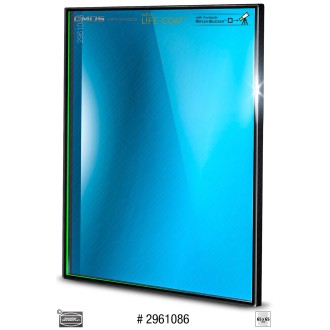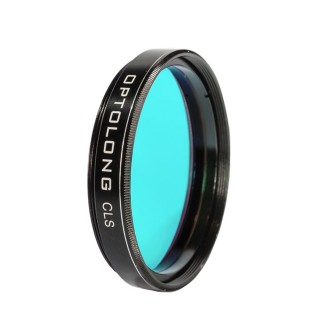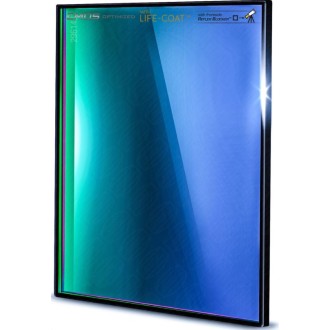Baader O-III 2" Super-G (9 nm) filter - optimized for CMOS
| Carrier | Description | Estimated Delivery | ||
|---|---|---|---|---|
 |
Home delivery - International | Home delivery - International |
Thursday, 8 May - Thursday, 15 May |
|

Home delivery - International
Home delivery - International
Estimated delivery:
Thursday, 8 May - Thursday, 15 May
- It can be used as a substitute for the "Super-G filter" for RGB photography. While normal G-filters suffer from poor vision due to air turbulence, the narrow 9 nm range lets less thermal noise through, i.e. sharper images. However, the transmission window is large enough not to be considered a pure narrow-band filter.
- CMOS-optimized coating technology with much steeper filter passband slopes to increase contrast, extend lifetime and avoid reflections.
Baader O-III Super-G filter, 1¼" and 2
The O-III filter is designed to observe and image those gas nebulae in which doubly ionized oxygen fluoresces, i.e., primarily for planetary nebulae and supernova remnants. With a FWHM of only 9 nm and equipped with the optimized CMOS coating technology, it darkens the sky background and thus also blocks stray light much better than its 10 nm predecessor ( Baader O-III Filter (10nm) visual (various versions available) ). But the narrower FWHM is not the most important improvement. More important is the significantly better blocking on one side of the O III wavelength, as well as even steeper transmission slopes and a broad plateau in the transmission range. With a transmission of 97% for the emission line at 500.7 nm, virtually all light from the nebula passes through the filter. At the same time, this filter can be used photographically for virtually any focal ratio from f/1.8 to f/12 without any light from the H-beta line passing through. This makes the Super-G filter ideal for use in areas with high light pollution.
Photographic use
The 9 nm O-III filter can be used excellently photographically on all telescopes, especially with a DSLR or a color OSC astronomical camera. It offers all the advantages of the CMOS-optimized Baader filters, such as the Reflex-Blocker™ anti-reflection coating, the plano-optical polishing and the age-resistant Life-Coat™ coating. For monochrome cameras, we recommend the even more powerful Narrowband (6.5 nm) and Ultra-Narrowband (4 nm) filters, which are available specially adapted for different aperture ratios. In the case of this comparatively broadband 9 nm filter, the pre-shift is not necessary at focal ratios above f/4, so it can be used at all focal ratios.
Super-G filter
The filter has the same thickness as Baader's 1.25"/2" LRGB filters. This makes it suitable for use as a "super-G filter": In the transmission range of the normal green filter (490-580 nm) there are no emission lines other than OIII; H-Beta at 486 nm is already covered by the blue RGB filter. Therefore, when using the 9 nm O-III filter instead of the standard RGB green filter, emission nebulae are highlighted much more, while stars appear fainter.
The Baader O-III Super-G filter has all the advantages of the new generation of CMOS-optimized Baader filters:
- Higher contrast, adapted to the typical CMOS quantum efficiency and s/n ratio.
- Reflex-Blocker™ coatings, for the highest ever absence of halos, even in the most adverse conditions concerning auxiliary optics.
- Filter thickness identical to existing standards, with maximum care for parfocality.
- All-around blackened edges, with filter entrance side indicator in the form of a black outer edge on the telescope side, to additionally eliminate any reflections due to light hitting the edge of a filter, making additional front masks unnecessary.
- Each filter individually coated, with sealed coating edge (NOT cut out from a larger plate with coatings left exposed, read more).
- Life-Coat™: increasingly harder coatings to allow for a coating that will not age for life, even in the harshest environment.

